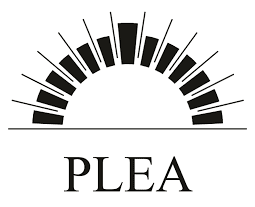The main goal of this study is to determine a suitable set of thermal comfort criteria for naturally ventilated buildings in hot-humid climate by reanalysing the ASHRAE RP-884 database. The results reveal that the regression coefficient in the adaptive algorithm for naturally ventilated buildings in hot-humid climate is 0.52, which is steeper than ASHRAE Standard 55 and EN15251, even after considering the effects of indoor air speed. While higher air speed is effective to elevate indoor comfort temperature in hot-humid climate, the relationship between increased indoor air speed and increasing indoor operative temperature is also different from the above existing standards. In contrast, allowance for increased air speed may not be applicable to hot-dry climate. The daily mean outdoor air temperature may give more varied indoor operative temperatures that reflect the day’s conditions more closely compared to the monthly mean, running mean and prevailing mean outdoor air temperatures which tend to group together as a result of averaging. An Adaptive Comfort Standard for Hot-Humid Climate is proposed for application to naturally ventilated buildings in all tropical climates and hot-humid summer season of temperate climate based on these findings
Reanalysing the ASHRAE RP-884 Database to Determine Thermal Comfort Criteria for Naturally Ventilated Buildings in Hot-Humid Climate
This entry was posted in Conference Paper. Bookmark the permalink.

